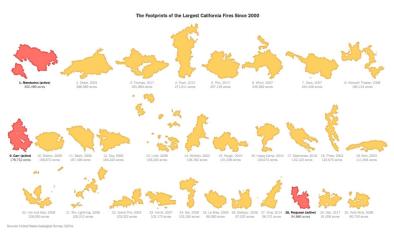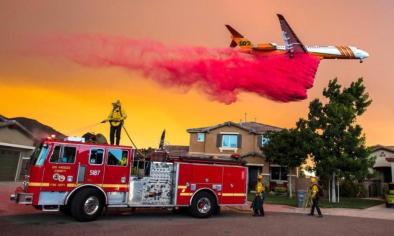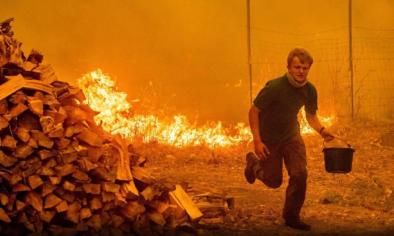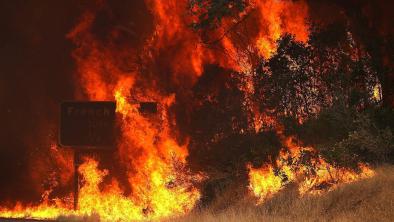How climate change is making disasters like the Carr Fire more likely
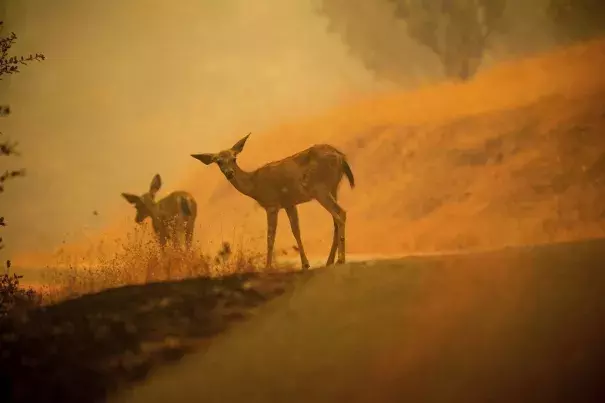
“What we’re seeing in California right now is more destructive, larger fires burning at rates that we have historically never seen,” Jonathan Cox, a Cal Fire spokesman, told CNN on Monday morning. “And our message is simply, if you feel like you could be in danger, to leave the area when these fires are burning.”
The most destructive wildfire in California, the Carr Fire, went from a manageable blaze to a “war zone” overnight. On Wednesday morning, the Carr Fire was 4,500 acres and 24 percent contained, according to Cal Fire. By Thursday morning, it had exploded to 20,000 acres and 10 percent contained.
Several specific conditions are feeding the inferno. Afternoon temperatures have peaked in the triple digits around Redding, Calif., since early last week. On Wednesday, the high was 107 degrees. At the same time, winds that were persistent but manageable earlier in the day picked up, gusting to 21 mph. The dew point — a measure of how much moisture is in the air — dropped precipitously through Thursday afternoon until humidity was 10 percent as the temperature reached 110 degrees.
On top of that, the soil in Northern California is exceptionally dry. A hotter-than-average summer and a very dry winter have led to tinder-dry vegetation. When it ends Tuesday, this month will become Redding’s hottest July on record, with an average temperature of 86.7 degrees. The energy release component, or how much fuel is available for the fire, is at the highest it has been around Redding since at least 1979.
Related Content
